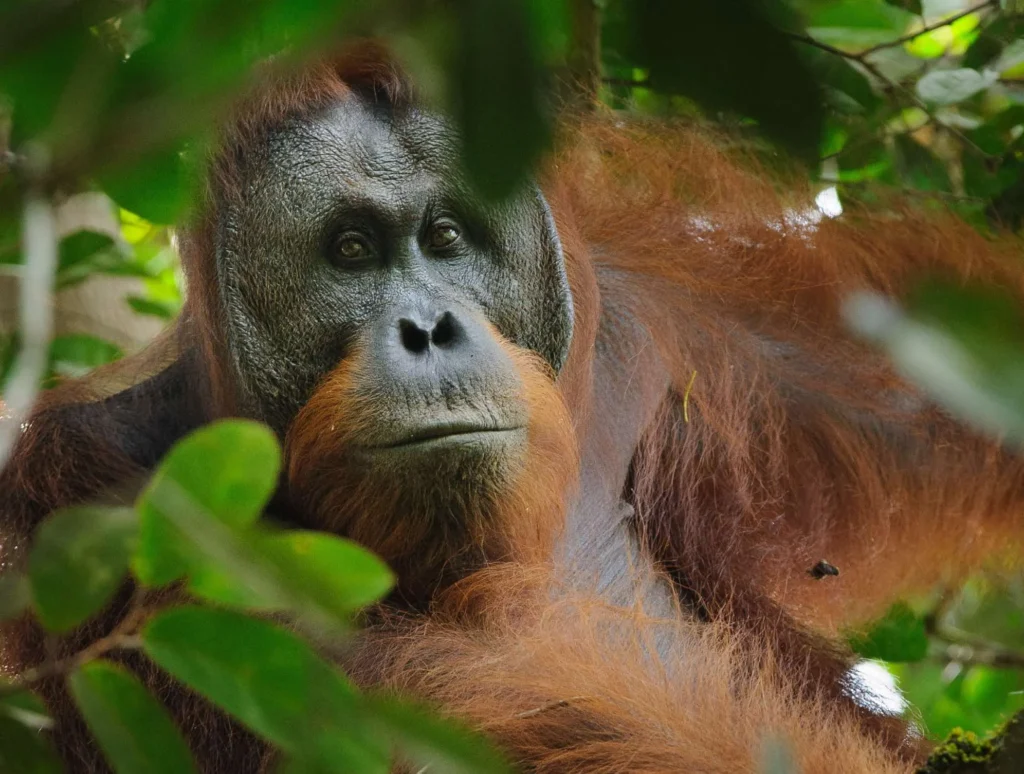Gardens can be more than just a pretty backdrop for your home—they can become vibrant, living spaces filled with birdsong, buzzing bees, fluttering butterflies, and even the rustle of small creatures in the underbrush.
Creating a wildlife-friendly garden is not only good for the environment, it’s incredibly rewarding for you as well.
Whether you’re starting from scratch or transforming an existing space, this guide will walk you through how to make your garden a safe, welcoming habitat for wildlife—all while keeping it beautiful and manageable.
Why Make Your Garden Wildlife-Friendly?
In today’s world of growing urbanization and habitat loss, our backyards have become vital mini-habitats for local wildlife. Even a small garden can offer food, shelter, and water to a variety of species.
Creating a wildlife-friendly garden:
- Supports pollinators like bees and butterflies.
- Helps birds find food and nesting areas.
- Encourages natural pest control through beneficial insects.
- Promotes biodiversity and healthier ecosystems.
- Brings peace, beauty, and a sense of connection with nature.
It’s a win for wildlife—and for you.
1. Plant Native Species
The foundation of a wildlife-friendly garden is native plants. These are the species that naturally grow in your region and have evolved alongside local wildlife. They provide food, shelter, and nesting areas in ways that exotic plants often can’t.
Tips:
- Use a variety of flowering plants to bloom throughout the year.
- Include trees, shrubs, grasses, and ground covers for layered habitat.
- Choose plants that produce nectar, berries, seeds, or nuts.
Example: In North America, milkweed is essential for monarch butterflies, while oak trees can support hundreds of insect species that feed birds.
2. Offer Fresh Water Sources
Water is just as important as food. Birds need it to drink and bathe, while butterflies and bees also benefit from shallow water sources.
Easy options:
- A birdbath (refill and clean it regularly).
- A shallow dish with pebbles for bees and butterflies.
- A small pond or fountain (even a container pond works!).
Water features also add a peaceful, soothing touch to your garden—great for both wildlife and relaxation.
3. Provide Shelter and Nesting Spaces
Wildlife needs places to hide, rest, and raise their young. Your garden can provide all of that.
Try:
- Dense shrubs or hedges for bird cover.
- Piles of logs, branches, or rocks for insects and small mammals.
- Birdhouses, bee hotels, and bat boxes.
- Letting part of your garden grow wild for natural hiding spots.
A messy corner of the garden isn’t a flaw—it’s a feature for nature.
4. Avoid Chemicals
Pesticides, herbicides, and synthetic fertilizers can harm or kill the very creatures you’re trying to attract. Even small amounts can be toxic to bees, birds, and beneficial insects.
Go natural:
- Use compost and mulch to nourish your soil.
- Control pests with companion planting or by attracting natural predators like ladybugs and birds.
- Hand-pull weeds or smother them with mulch instead of spraying.
Your garden will become a true safe haven when it’s chemical-free.
5. Feed Wildlife Responsibly
Food is a major attractor, but it’s best to prioritize natural sources—like nectar plants, seed-bearing flowers, or fruiting trees.
If you supplement:
- Use bird feeders with clean seed, suet, or nectar (depending on species).
- Offer fruit scraps on a platform or dish.
- Avoid processed foods or bread.
And don’t forget to clean feeders regularly to prevent disease.
6. Create a Pollinator Paradise
Bees, butterflies, and other pollinators are vital to a healthy garden and global food systems. Make them feel at home!
Plant:
- Bright, nectar-rich flowers like lavender, echinacea, bee balm, or black-eyed Susan.
- Plants in clusters for easier foraging.
- A mix of flower shapes and colors to attract diverse pollinators.
Leave some bare patches of soil for ground-nesting bees, and skip the mulch in small areas where they might dig.
7. Garden Year-Round
A truly wildlife-friendly garden provides resources every season.
Winter tips:
- Leave seed heads on flowers.
- Don’t cut back all perennials—many insects overwinter in stems.
- Use evergreen shrubs for year-round shelter.
Every season offers a chance to support wildlife—and discover something new in your garden.
8. Let It Be a Little Wild
Perfectly manicured lawns might be nice to look at, but they don’t do much for wildlife. Letting your garden grow a little wilder creates more habitat.
Ideas:
- Allow part of your lawn to grow longer.
- Leave fallen leaves in some areas—they make great insect habitats.
- Grow a “mini meadow” with native grasses and wildflowers.
Wildlife thrives in places that feel natural—not overly tidy.
Your Garden, Nature’s Refuge
You don’t need acres of land or a big budget to create a wildlife-friendly garden. With a bit of planning and a lot of heart, you can make your outdoor space a place where nature feels welcome—and where you’ll feel more connected to the living world around you.
As your garden begins to buzz, flutter, and sing with life, you’ll know you’ve done something truly special—not just for your home, but for the planet.




